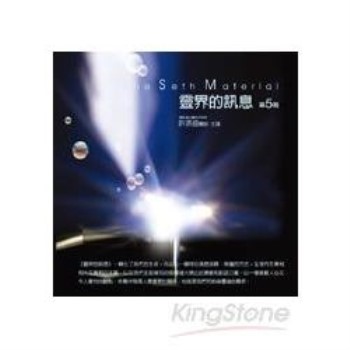Seven years ago research in the ?eld of mm-wave silicon was virtually non-existent. Fewpeoplethoughtthatoperationat60GHzwasevenfeasibleinsilicontechnology. Inthecourseofsevenyearsthe topichastransitionedfromanobscureresearchtopic to an exciting buzzword (60GHz) that has generated much interest from industry and the venture community.To put things in historical perspective, seven years ago most commercial efforts were focused on the 1-10 GHz spectrum for voice and data applications for mobile phones and portable computers. Many people were actively seeking solutions to the "last mile" problem, or a way to deliver high speed data to users in their homes and of?ces throughcable, telephone, or wireless infrastructure. At the same time, the explosive growth of wireless data such as WiFi spurred s- ni?cant research into and development of new architectures for radio transceivers that could deliver very high data rates over short ranges, particularly for video and personal area networks. Thisproblem can be viewed as the "last meter" or even the "last inch" connection that delivers high bandwidth multimedia content to devices. The growth of MP3 media devices, and now handheld video devices, and the rapid adoptionofHDTV and ?at screentelevisions hascreateda healthydemandforte- nology that enables high speed wireless video transmission. For this reason, today we witness a very active interest in mm-wave silicon technology. Other important commercial applications include automotive radar for safety and improved driving experience. But these applications are only the tip of the iceberg.












